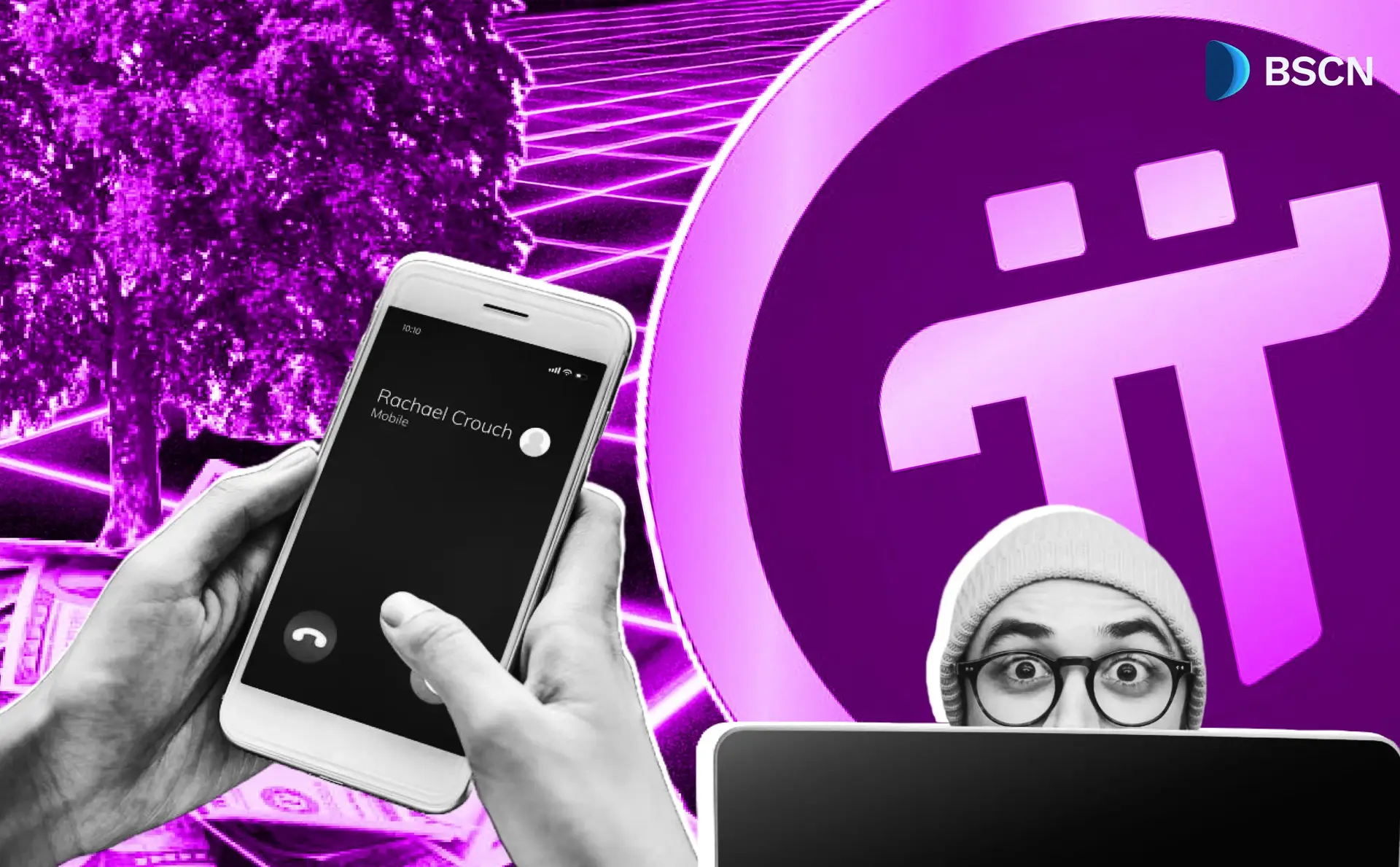News
(Advertisement)
Migration Resumes as Pi Network Transitions to Email-Based 2FA Verification

The latest big Pi Network news involves some crucial changes to the Pioneer verification process. Here's what you need to know.
UC Hope
March 31, 2025
(Advertisement)
Table of Contents
Pi Network has announced a significant update to its account verification system and mainnet migration. To enhance security and improve user experience, the mobile mining blockchain platform is transitioning from phone number-based authentication to an email-based Two-Factor Authentication (2FA) system.
This change, detailed in a recent blog post and a subsequent social media update, marks a pivotal moment for the network as it adapts to the evolving needs of its distributed community.
The Challenges of Phone Number Verification
Since its inception, Pi Network has relied on phone numbers as the primary identifier for user accounts. While initially practical, this approach has faced growing challenges over time. SMS verification, which depends on text messages sent to phone numbers, has proven unreliable and expensive, particularly for a platform with users spread across the globe. For context, the blockchain platform has over 60 million users worldwide.
According to Pi Network’s official blog, the global nature of its community has exposed limitations in SMS-based systems. Variations in telecommunication regulations, carrier policies, and individual service subscriptions have led to inconsistent delivery of verification messages.
“Due to the global distributed nature of the Pi community, SMS communications between Pioneers and servers have not always worked due to different geographic limitations in telecommunication regulations, carrier policies, individuals’ service subscriptions and costs, and more,” the blog noted.
Additionally, the costs associated with SMS communications have become a burden for both users and the network. For some Pioneers, geographic restrictions or outdated phone numbers further complicate access to their accounts.
Why Email-Based 2FA?
Pi Network is shifting to an email-based 2FA verification system in response to these issues. This move addresses the logistical challenges of SMS and introduces a higher level of security. Two-factor authentication requires users to verify their identity through a secondary step, typically a code sent to their email, making it harder for unauthorized parties to access accounts.
The transition aligns with Pi Network’s broader vision of adopting advanced authentication methods in the future, such as passkeys and biometrics. However, the immediate focus is on establishing email-based 2FA as a reliable foundation following the Open Network launch.
“The email-based 2FA verification not only addresses the above challenges, but also improves security because of the two-factor aspect,” the Pi blog explains, emphasizing the network’s commitment to safeguarding user accounts.
The Road to Implementation
Implementing this shift has not been without hurdles. Unlike phone numbers required at account creation, emails were optional for Pi users. As a result, many Pioneers either never added an email, entered incorrect ones, lost access to their email accounts, or shared emails across multiple family members’ Pi profiles. This variability necessitated a careful approach to ensure the integrity of the new system.
Before rolling out the change, Pi Network conducted extensive analytics and system-level checks. These efforts focused on how users added and verified their trusted emails and completed the 2FA process.
In most cases, additional steps, such as liveness checks or supplementary SMS verification, were required to confirm user identity. Pi temporarily paused account migrations while these evaluations were underway to prioritize security and accuracy.
Migrations Resume with Enhanced Security Measures
The platform has resumed migrations, allowing Pioneers to transition to the email-based 2FA system. The process will gradually expand as more users complete their 2FA setups and finalize system checks.
“The good news is that migrations have now resumed and will gradually expand as more email-based 2FAs and system-level checks complete,” the blog states.
Pi Network has urged its community to remain patient during this phased rollout, underscoring that the temporary delays were necessary to strengthen account security for all users. A recent social media update reinforced this message, signaling the official restart of migrations.
Secure Future for Pi Network?
For Pioneers, the shift to email-based 2FA means a more secure and flexible way to manage their accounts. Those who haven’t yet added a trusted email will need to do so to participate in the migration. Depending on individual account circumstances, the process may involve additional verification steps, but Pi has assured users that support is available to navigate these changes.
The update also reflects Pi Network’s ongoing evolution as it moves beyond its early development phases. With features like Know Your Customer (KYC) checks and liveness verification, the network builds a robust framework for authenticity and trust. These are, without a doubt, key pillars for any cryptocurrency aiming to scale globally.
The transition to email-based 2FA is just the beginning. The protocol hinted at plans to integrate even more advanced authentication technologies, such as “passkeys and biometric” verification. These innovations could further streamline access while maintaining the high security standards that users expect.
For now, the focus remains on ensuring a smooth and secure migration to the new system. As the network expands its capabilities, Pioneers can look forward to a platform that addresses past challenges and positions itself as a leader in user-centric cryptocurrency solutions.
Conclusion
Pi Network’s move to email-based 2FA verification marks a significant step forward in its mission to create a secure, accessible, and globally inclusive cryptocurrency ecosystem. By addressing the limitations of SMS verification and embracing two-factor authentication, Pi is setting a new standard for account security. As migrations resume and the transition unfolds, the network’s commitment to its community remains clear: security and reliability come first.
With this update, Pi Network is poised to enter a new chapter—one where Pioneers can engage with confidence in a safer, more connected digital economy.
Read Next...
Disclaimer
Disclaimer: The views expressed in this article do not necessarily represent the views of BSCN. The information provided in this article is for educational and entertainment purposes only and should not be construed as investment advice, or advice of any kind. BSCN assumes no responsibility for any investment decisions made based on the information provided in this article. If you believe that the article should be amended, please reach out to the BSCN team by emailing [email protected].
Author
 UC Hope
UC HopeUC holds a bachelor’s degree in Physics and has been a crypto researcher since 2020. UC was a professional writer before entering the cryptocurrency industry, but was drawn to blockchain technology by its high potential. UC has written for the likes of Cryptopolitan, as well as BSCN. He has a wide area of expertise, covering centralized and decentralized finance, as well as altcoins.
(Advertisement)
Latest News
(Advertisement)
Crypto Project & Token Reviews
Project & Token Reviews
Comprehensive reviews of crypto's most interesting projects and assets
Learn about the hottest projects & tokens
Latest Crypto News
Get up to date with the latest crypto news stories and events















